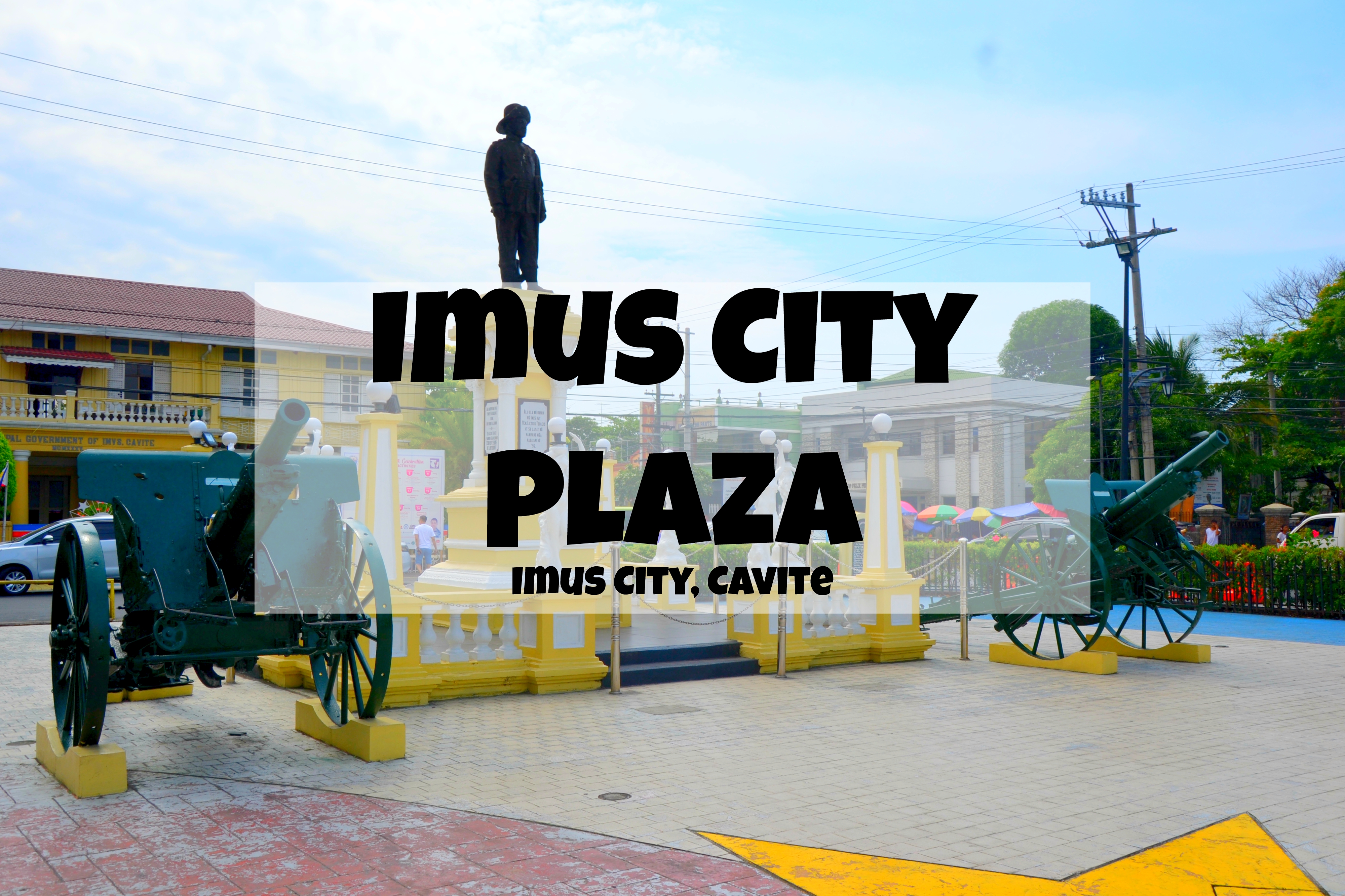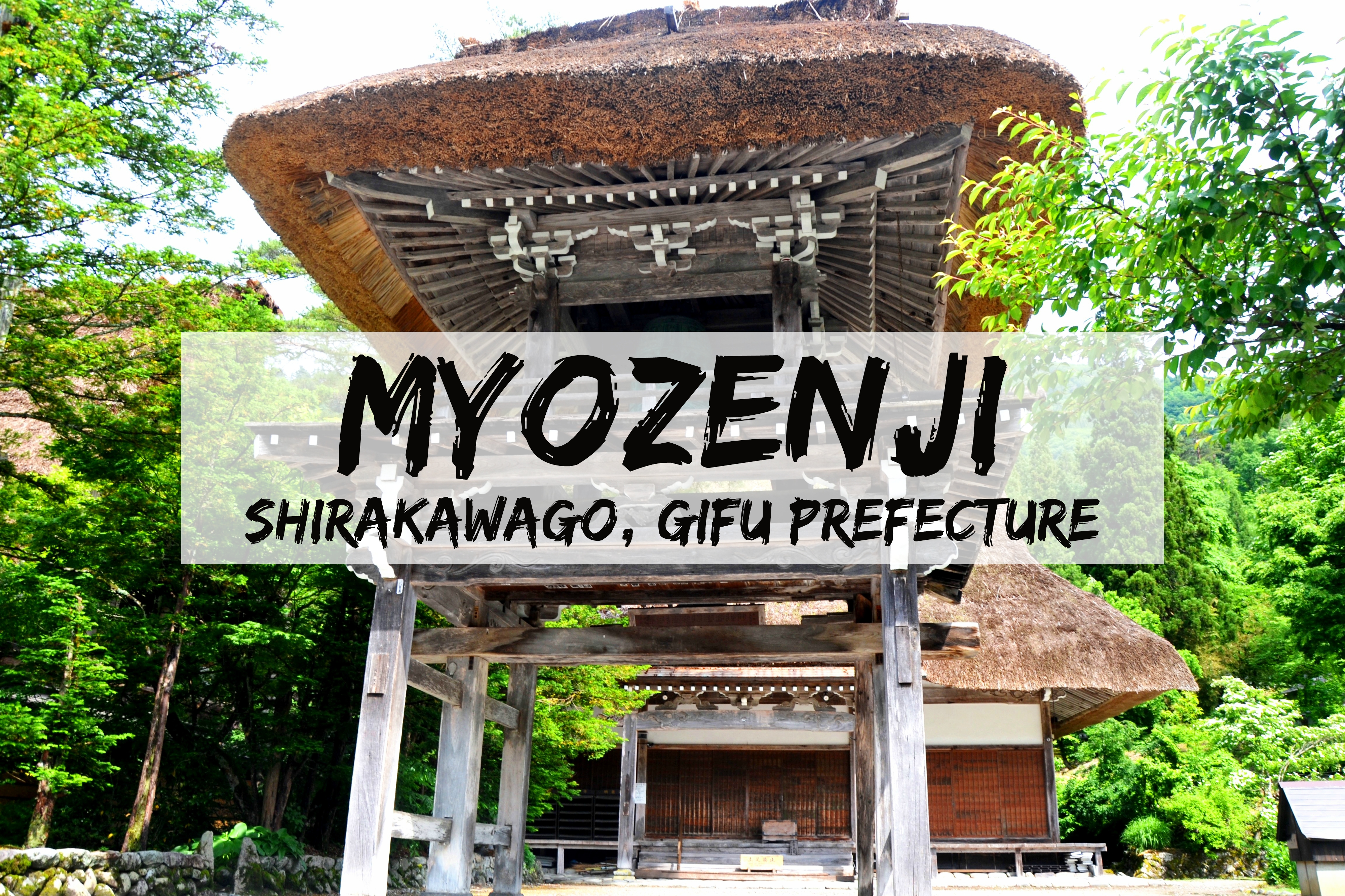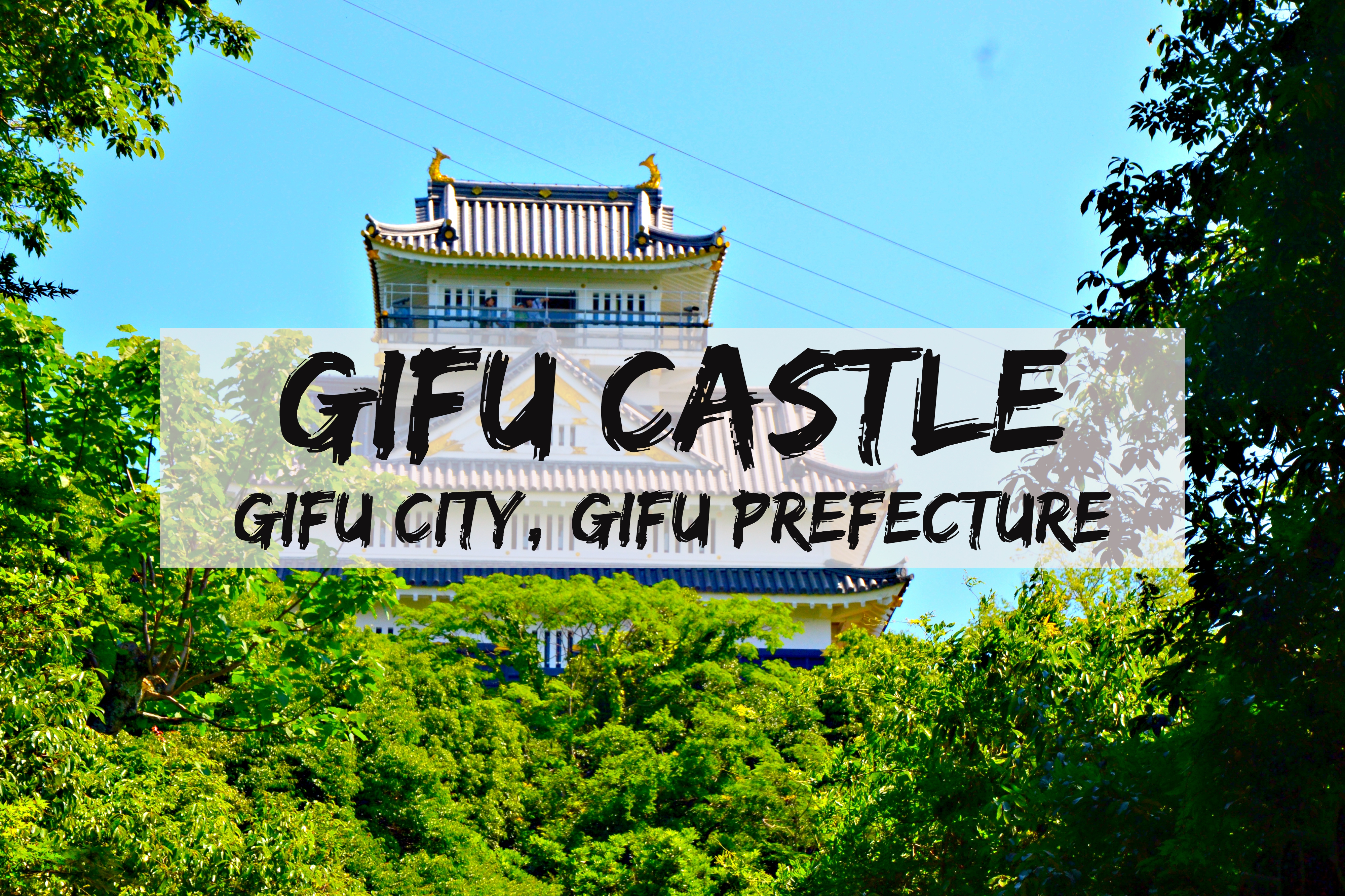Located in Mt. Koya/ Koyasan, Wakayama Prefecture in Japan, Dai Garan or Danjo Garan (壇上伽藍) complex is a monastic complex deep in the mountains of Koyasan. It is also one of the two most sacred sites in Koyasan.
 |
| Dai Garan |
Dai Garan History
The name Dai Garan came from the word dai which means great and garan which was derived from the Sanskrit word samgharama which means "a quiet and secluded place for Buddhist monks to gather and practice".
 |
| Dai Garan or Danjo Garan (壇上伽藍) - Mt. Koya, Wakayama |
 |
| The Konpon Daito pagoda as seen from behind the Kondo |
 |
| The Konpon Daito Pagoda as seen from the side |
Kobo Daishi Kukai (founder of Shingon Buddhism in Japan) began the planning and construction of Dai Garan in 816. The monastic complex consists of several important religious structures like the following:
 |
| Kondo |
- Kondo - This building serves as the main hall of Koyasan and is where many rituals and ceremonies are held. The Kondo was originally called the Kodo or lecture hall. It was constructed in 819 but wasn't finished when Kobo Daishi entered eternal meditation in 835. The Kondo has been destroyed by fire six times during its history, the last incident being in 1926. The present building was rebuilt in 1934.
 |
| Konpon Daito Pagoda |
- Konpon Daito - The building is a fundamental part of Kobo Daishi Kukai's layout of the Garan. It was constructed in 816 but was not completed before Kobo Daishi entered eternal meditation. Construction was completed by Shinzen (Kobo Daishi's disciple and successor) at around 887. The building was destroyed by fire (mostly due to lightning strikes five times and was rebuilt each time. The present building was erected in 1934 and was last renovated in 1996.

|
| Fudo-do |
- Fudo-do - The oldest building at Koyasan. It was first built in 1198 and rebuilt in the late Kamakura period. It is designated as a National Treasure. It was originally in a different location within Koyasan and was dismantled and moved to its present location in 1908.
Other structures in the Dai Garan Complex:
 |
| The temple bell |
 |
| The souvenir shop |
 |
| Sanmai-do |
 |
| The temizuya or purification font |
 |
| Toto pagoda |
 |
| Historical marker of the foundation of Koyasan |
We visited Dai Garan during our visit to Mt. Koya during our 23rd day of stay in Japan. My wife and I did a little snowball fight in the complex but they left me and headed to the parking lot near Kongobuji Temple. I took pictures of the building in the complex and bought some souvenirs in its souvenir shop before meeting up with my family to visit Kongobuji Temple.
 |
| Snowball fight!!! |
 |
| The Backpack Adventures visits the Dai Garan |
Dai Garan Admission Fee:
The Dai Garan grounds are FREE to explore. However, if you wish to enter the Kondo Hall and the Daito Pagoda, you need to pay 200 yen for each mentioned. However, there is a combo ticket worth 1500 yen that allows entrance to both the Kondo Hall, Daito Pagoda, and other sights in Koyasan.
Dai Garan Opening Hours:
Dai Garan grounds are open 24 hours every day. However, the Kondo Hall and Daito Pagoda are open only from 8:30 to 5PM.
Why visit Dai Garan?
Dai Garan remains to be one of the most important and sacred places in Koyasan. It is said that Kobo Daishi himself planned its construction. This place should be included in the list of places to visit when in Koyasan.
Getting to Dai Garan:
Ride the Nankai Electric Railway from Namba Station in Osaka to Gokurakubashi Station at the base of the mountain. Then ride a cable car going up the mountain. You could also drive up the mountain, however, take note that your tires should be able to run through slippery roads especially in the winter season.
If you are coming straight from Kansai International Airport, you might want to try this out.
Ride the Nankai Line from Kansai-Airport Station to Tengachaya Station. Board down and transfer to the Nankai-Limited Express and board down at Hashimoto Station. Board down again and transfer to the Nankai-Koya Line. Board down at Gokurakubashi Station. Go to Gokurakubashi Station Cable Line and board the Nankai Koyasan Cable to Koyasan Station. From there walk to Koyasan Station bus stop and ride bus #21 to Okunoin Mae bus stop.
Travel time: 3hrs
Fare: 2900 yen
Ratings:
 |
| Pilgrims |
 |
| Cleanliness |
 |
| Overall rating |





























Japan is fairly new to me, and this post is very useful. Thanks for sharing.
ReplyDeleteThanks for visiting my blog Hetal.
DeleteNice post. The red colour of Konpon Daito Pagoda looks amazing on white snow background
ReplyDeleteI agree. =)
Deletei loved the pics and this is the second mention of Koyasan that i am reading in last two days , i definitely want to visit this site ... did you visit inside the various shrines and buildings . Is there a place to stay at Koyasan
ReplyDeleteHi Sumit, I surely did. Regarding places to stay, there are a lot of places that you might want to try out. I particularly would want to try out the temple stay. =)
DeleteThat site looks beautiful! The snow really enhances the experience, and your snowball fight looked like fun.
ReplyDeleteHahaha it sure is.
DeleteThe fire red color of the temple amidst the otherwise white surroundings makes it stand out and so attractive. I love visiting buddhist temples. Since they are so tranquil. However I had never heard of this temple. I will visit it when I am around.
ReplyDeleteYou should visit it. It is picturesque regardless of the season. =)
DeleteHey Neil. Nice post! The complex is so beautiful. The bright red stands out against the white snowy background. Its interesting how places like Japan have adopted Buddhism, with references in an indian language (sanskrit). That place has recovered 5 times from a fire, that really is a story now. Is the current design lightning proof with all the modern ways of building in Japan?
ReplyDeleteHi Katchu. They try to preserve the old temples as is but it still undergoes regular restorations. I think they already incorporated the lightning proof design with it. =)
DeleteWhat a lovely destination for a holiday. The architecture of the buildings so different that we usually get to see. 12th century building and still standing tall, very impressive. I hope to get to Japan some day.
ReplyDeleteJapan is the perfect destination if you love historical places. =)
DeleteAmazing how old these temples are. We haven't gone to this part of Japan when I went there 2 years ago so I didn't visit this. Kondo is one tough cookie, I mean getting burnt 6 times, that's quite a lot. I wonder why. It's impressive that they keep rebuilding it. Somehow, the temples look more beautiful with snow in it. I'd probably engage someone in a snow ball fight too if I go there in winter haha...
ReplyDeleteYou should visit this place Marjorie. =) It is also nice to visit this place during Autumn. =)
DeleteI love the pictures and the pagodas.Did you try building a snowman ?Snowball fighting seems so much fun.How did that building manage to get destroyed by fire and how did it recover ?One thing I really appreciate about the Japaneese is their ability to bounce back from disappointments instead of crying about them and resume normalcy.It was amazing how fast they recovered from the tsunami so soon.
ReplyDeleteThank you so much. I wasn't able to build a snowman here though but I did in Mt. Kongo. The Japanese are really good in restoring things. So think even if it gets burnt down 100 times in the future, it would still be reconstructed again and it would still look the same.
DeleteAmazing pictures of Dai Garan.
ReplyDeleteThank you!
Delete